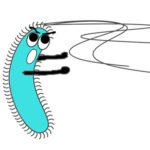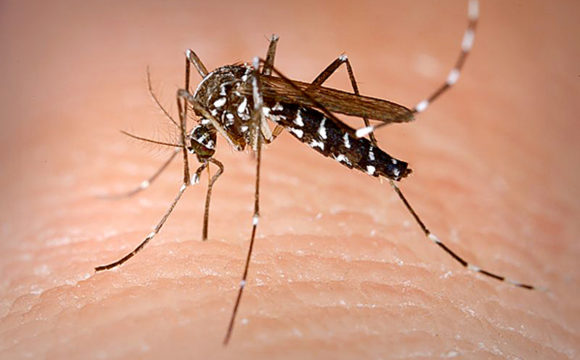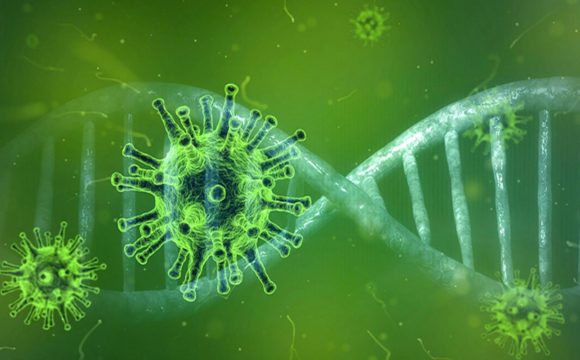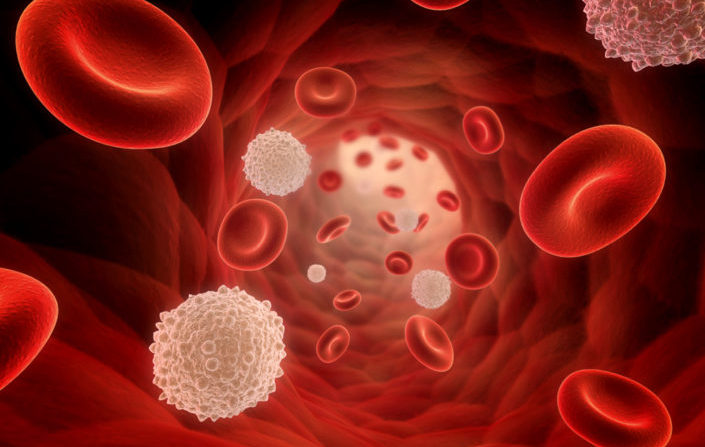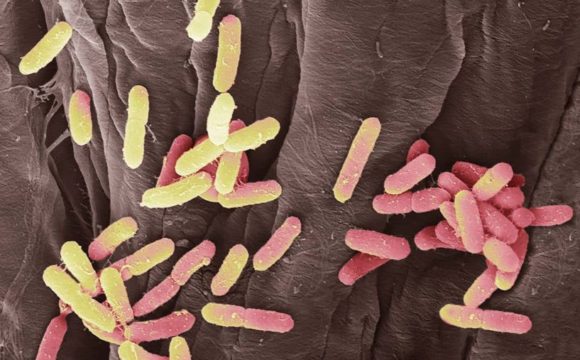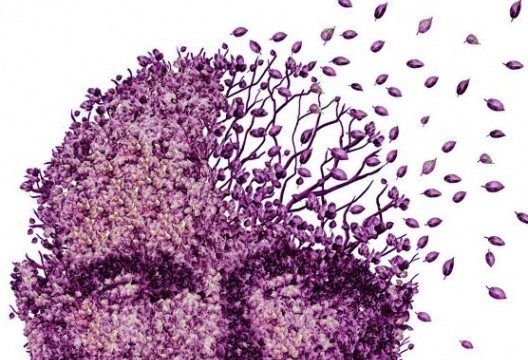For any kind of medical complications or disease, it is its diagnosis which helps to determine the underlying cause (if there is any). This may then follow with a treatment which may involve medicines or invasive procedures like surgery. Proper recovery or healing depends on the accurate and timely diagnosis. One diagnostic means which the world of genetics can offer is DNA.
According to Dr. James Evans, a researcher at UNC’s Center for Genetic Medicine, around 30% of individuals who have persistent ailments of some sort for many years are able to find reasonable solutions when they participate in gene studies (including genome sequencing). More and more progress in making more advanced, quick and error free sequencing methods make this entire process highly efficient.
Dr. James Evans
(Source: news.unchealthcare.org)
Let’s take for example the source and the type of DNA. Cell-free DNA or cfDNA refers to all non-encapsulated DNA in the blood stream released by a dying cell. This may well be used in diagnosis as elevated levels of cfDNA may be linked to tumors or cancer. Abnormal chromosomal conditions like the Down’s syndrome can be diagnosed from the fetal DNA in the bloodstream of a pregnant woman [1]. Circulating tumor DNA (ctDNA) are tumor-derived fragmented DNA in the bloodstream. A newly developed technique called single color digital PCR which does not require pre-amplification of the sample DNA can diagnose various types of Cancers with remarkable accuracy using these ctDNA [2].
Innovations in the technique can be used to further exploit DNA’s potential in the realms of diagnosis. For example LAMP (Loop-mediated isothermal amplification) is another variation of PCR which uses one constant temperature throughout the amplification cycle. It requires four different primers to identify 6 distinct regions on the target gene besides using an additional pair of “loop primers” to further accelerate the reaction. This produces a larger quantity of DNA than conventional PCR. Because of its simplicity and low cost, it can reduce the time period to diagnose a disease like meningitis from 48 hours to its fractions [3].
We know that DNA sequencing has helped to identify genes which are directly or indirectly associated with diseases like Diabetes, Cancer, Autism and Alzheimer’s. But it may also be quite useful for actual diagnosis. For example, according to an article published on wral.com, a lady called Elizabeth Davis suffered from muscle pain for over 30 years. She would require crutches and, sometimes, even a wheelchair. Traditional methods failed to diagnose her condition. Gene studies found that her problems are similar to those experienced by Parkinson’s patient and that a drug called Dopa which used by millions of Americans suffering from the Parkinson’s disease could treat her. And yes it did!!! She felt ease after the prescription of this drug [4].
Reference:
1] www.scientificamerican.com/article/one-test-may-spot-cancer-infections-diabetes-and-more/
2] health.spectator.co.uk/new-blood-test-could-transform-cancer-diagnosis/
3] www.dailymail.co.uk/news/article-4835086/Meningitis-test-diagnosis-just-one-hour.html
4] www.wral.com/in-pain-for-some-genes-studies-could-provide-a-quick-cure/16899621/





